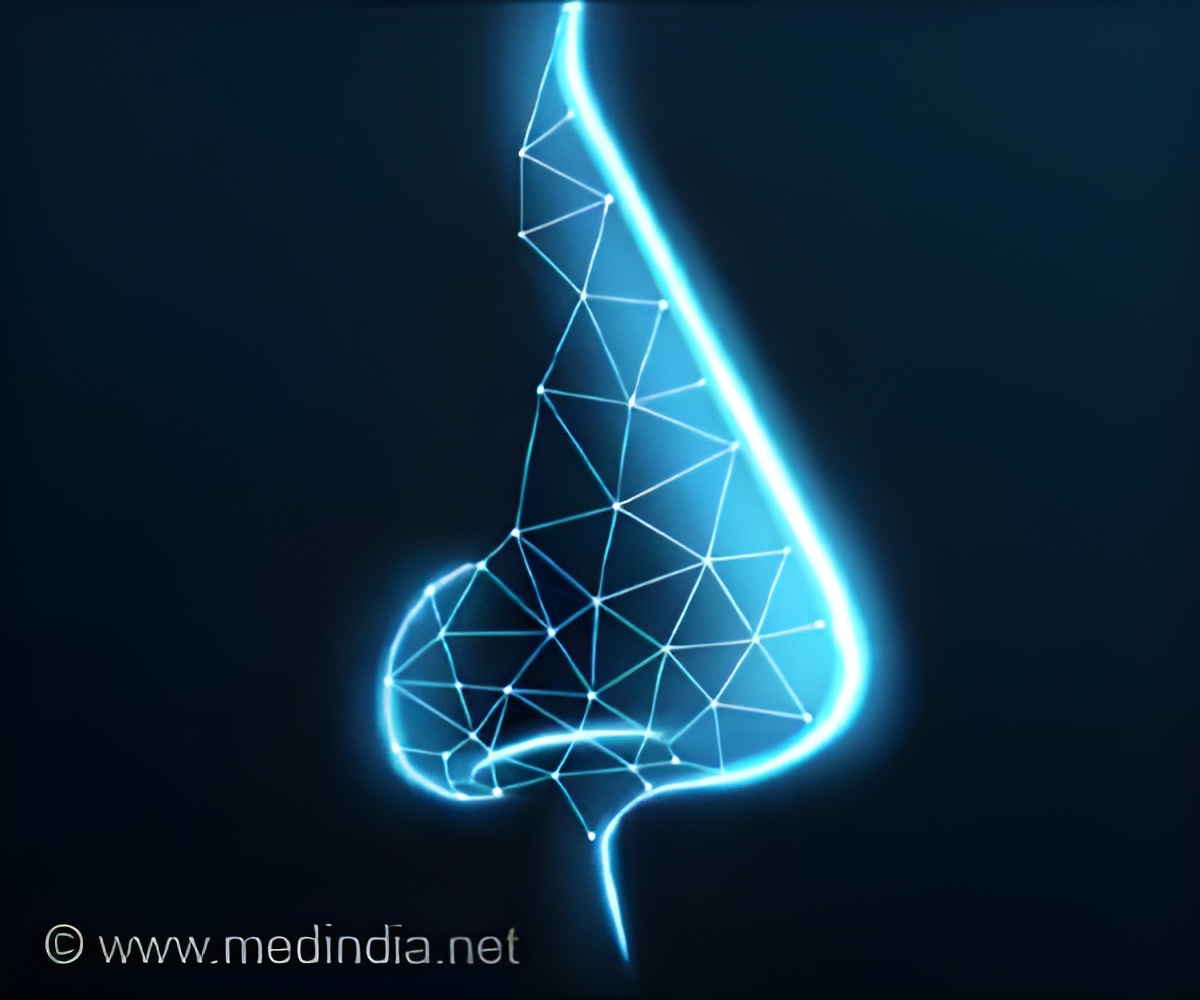Specially tuned wires sniffing out a different chemical can be layered onto tiny wearable sensors, for monitoring potential health complications.

To make these breakthroughs which were detailed in the journal Biosensors and Bioelectrics, researchers looked further into human noses. Human noses have hundreds of receptors, each sensitive to one specific molecule.
They are vastly more sensitive and efficient than any mechanical or chemical device that could be engineered. Researchers wondered how they could leverage the biological design itself rather than rely on synthetic material.
Sustainably Sourced Microbial Nanowires: New Revolution in Health Monitoring Sensors
Bacterium known as Geobacter sulfurreducens was previously used to create a biofilm capable of producing long-term, continuous electricity from your sweat. G. sulfurreducens’ has the surprising natural ability to grow tiny, electrically conductive nanowires.But G. sulfurreducens is a finicky bacterium that needs specific conditions in which to grow, making it difficult to use at scale. They took the ‘nanowire gene’—called pilin—out of G. sulfurreducens and splice it into the DNA of Escherichia coli, one of the most widespread bacteria in the world.
Once the pilin gene was removed from G. sulfurreducens, they modified it so that it would include a specific peptide, known as DLESFL, which is extremely sensitive to ammonia—a chemical often present in the breath of those with kidney disease.
When they then spliced the modified pilin gene into E. coli’s DNA, the genetically tweaked bacterium sprouted tiny nanowires bristling with the ammonia-sensing peptide. The team then harvested these ammonia-sensitive nanowires and built them into a sensor.
Advertisement
It is possible to design unique peptides, each of which specifically binds a molecule of interest. So, as more tracer molecules, emitted by the body which are specific to particular a disease are identified, they can make sensors that incorporate hundreds of different chemical-sniffing nanowires to monitor all sorts of health conditions.
Advertisement
Instead of wires made from scarce raw resources that won’t biodegrade, the beauty of these protein nanowires is that you can use life’s genetic design to build a stable, versatile, low-impact, and cost-effective platform.
Source-Eurekalert












